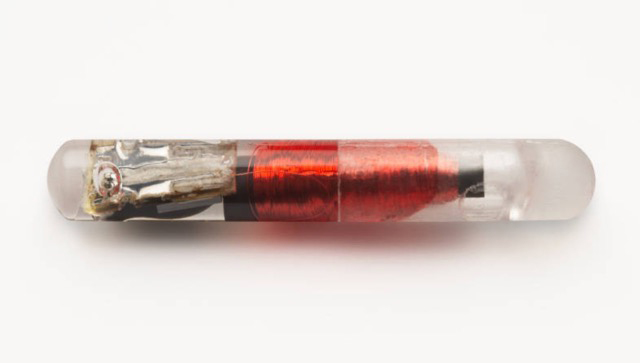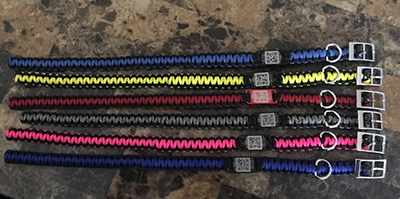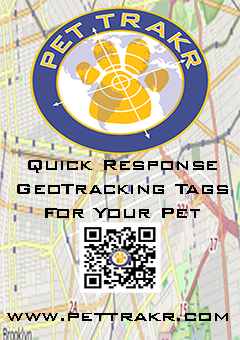TRACKING YOUR PET

By Scott Statland
Most pet owners know full well that their four-legged friends are members of the family. Just look around. More and more you see pet-friendly restaurants, hotels, and vacation spots across the country. We are taking them everywhere we go now.
With this change in attitude has also brought about new concerns for pet owners. This new “freedom” may also trigger the possibility of losing your four-legged friend. A traumatic experience for any family. How do we find a lost pet? Where do we begin?
The most common, of course, are the lost dog flyers taped to neighborhood poles. After a while, these become damaged and are often minimally helpful at best.
ID tags with your name and number are the second most common method. Then there are microchips: small RFID transmitters implanted under your pet’s skin, usually between the shoulder blades. They are read by specialized scanners that are available to veterinarians and most animal rescue groups—but not readily accessible to the public.

Then we have the new PetTrakr tags, which have attempted to combine the best parts of every pet identification currently available They are visible to the people that will find your pet, and unlike microchips, can be scanned by any smart device. They can be easily updated at any time by logging into your pets web page, providing geo-tracking data, maps, and directions to you when your pet’s tag is scanned. This device also has an alert system to veterinarians and shelters nationwide so if your pet is lost and away from home you’ll quickly discover the where the nearest shelters and vets are located.
It is important to understand that no one form of pet identification can guarantee your pets return. Some experts recommend using more than one preventative measure to ensure recovered pet.
For more information about PetTrakr visit: www.pettrakr.com





